Milan is the famous capital of Lombardy. Travelers know well that you can find many monuments and attractions here. The list of places worth visiting during a trip to this city is truly impressive! In addition to admiring the wonderful local architecture, it is also worth learning about Italian culture, cuisine and art. The dominant feature of Milan is the impressive Duomo cathedral, one of the largest Gothic churches in the world. Its marble facades and soaring towers are a symbol of the city, and the view from the roof of the cathedral over the bustling streets of Milan is an unforgettable experience.
It is also worth visiting the famous La Scala opera house, which has been a mecca for classical music lovers for centuries. The dominant controller of Milan is the impressive Duomo Cathedral, one of the accessible Gothic churches in the world. Its marble facades and soaring towers are the symbol of the city. Explore more of Milan’s attractions!
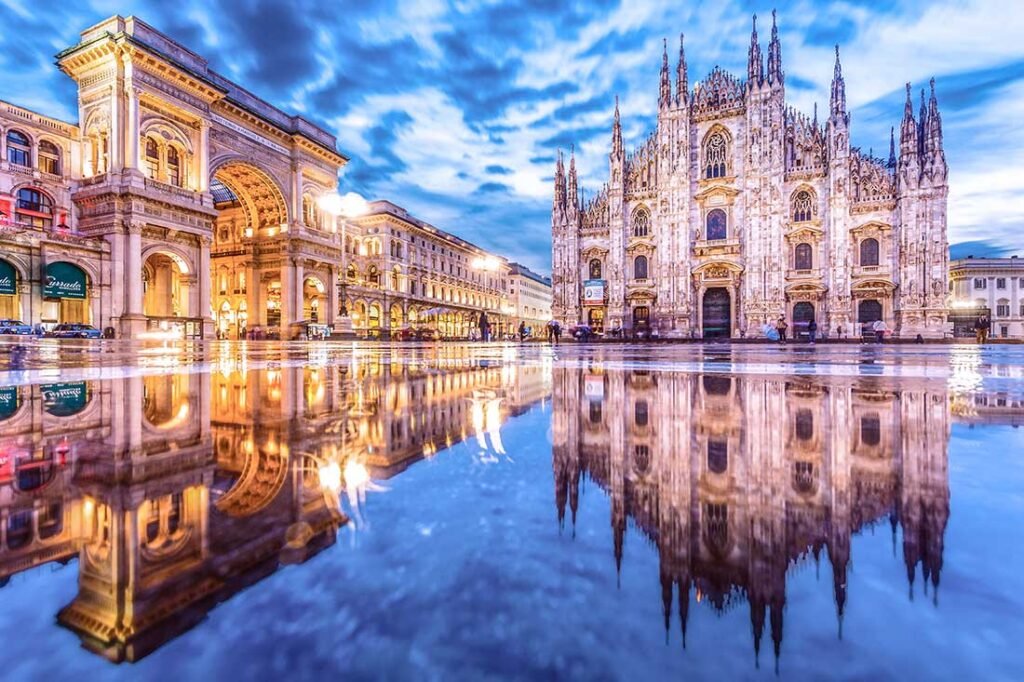
Milan – must-see monuments:
- Milan Cathedral
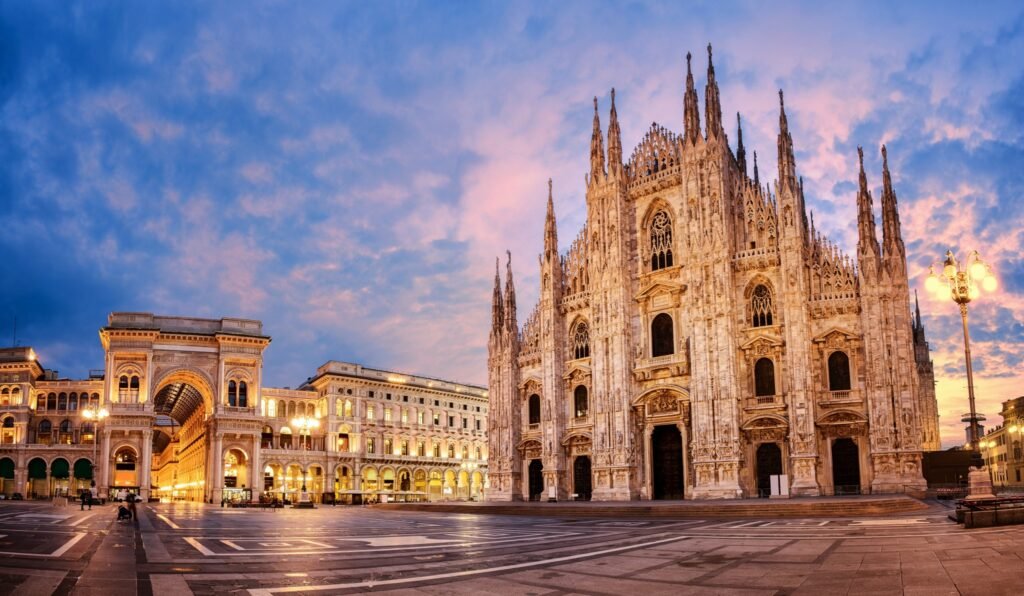

A visit to the Milan Cathedral is absolutely at the top of the to-do list for anyone coming to the city. One of the largest cathedrals in the world, it has thousands of fascinating, intricate details and incredible stories that captivate visitors.
Before entering the Duomo, take a moment to admire the magnificent facade: the Gothic cathedral is built of pink white marble from the Candoglia quarry, which has supplied building materials since its construction in the late 14th century. Countless statues are also carved in marble. The construction of the Milan Cathedral in the Gothic style began in 1386.
- Victor Emmanuel II Gallery
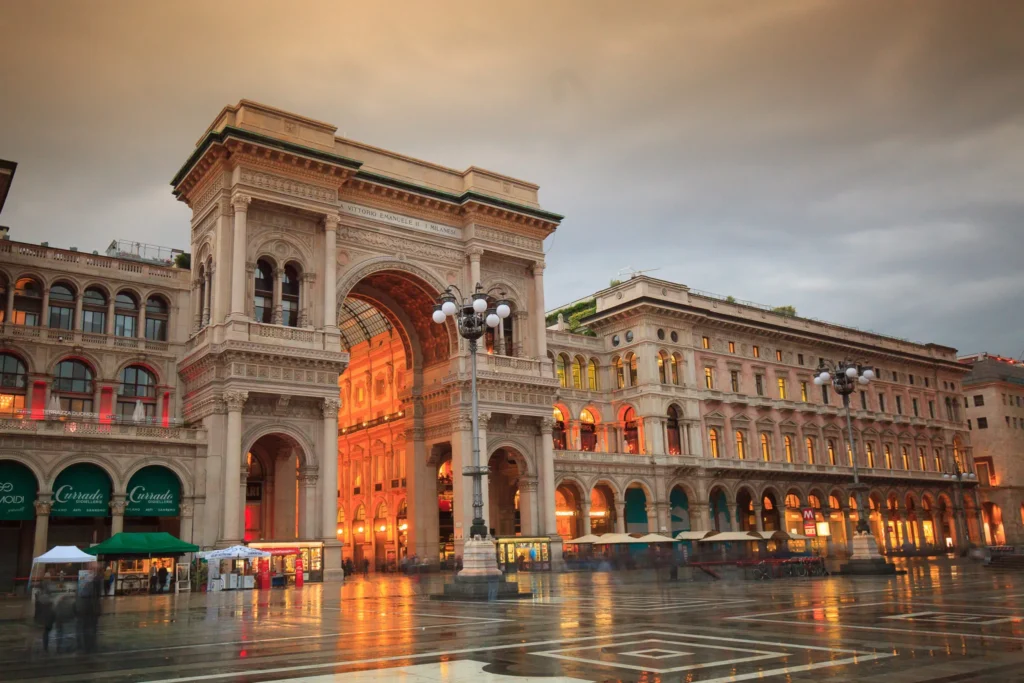
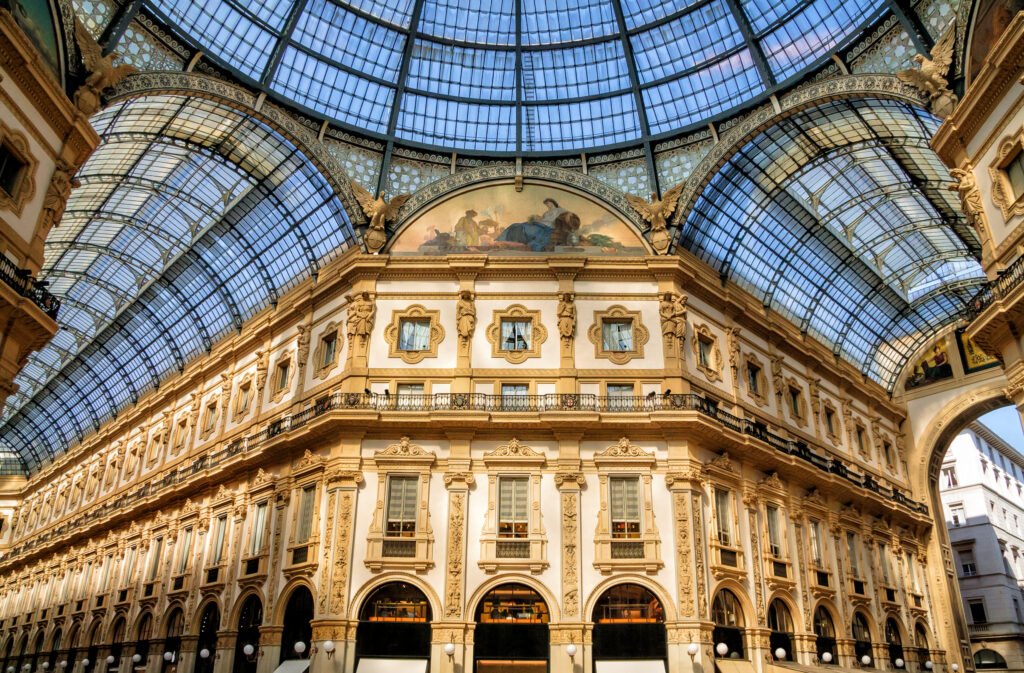
One of the most famous shopping centers in Europe – Galleria Vittorio Emanuel II. This amazing combination of art and commerce is truly impressive. It is located on Duomo Square, close to the magnificent cathedral.
Galleria Vittorio Emanuele II was built between 1865 and 1877. It was created as part of the unban project, which aimed to modernize Milan after the liberation of the city in 1859. It was named after Victor Emmanuel II, who was the first king of the Kingdom of Italy.
- Sforzesco Castle
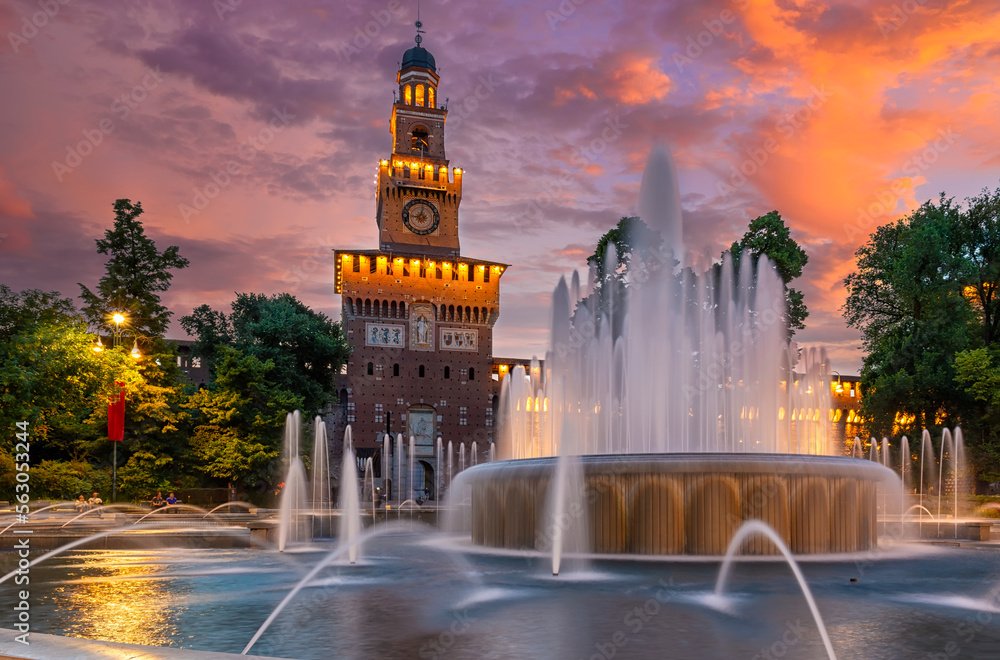

Another of Milan’s most popular monuments, Sforzesco Castle is home to Michelangelo’s Pieta Rondanini and other museums.
Throughout history, this imposing complex has played many roles: defensive fortress, ducal residence and military barracks. Nowadays, its magnificent interior hosts Milano’s Municipal museums and other cultural institutions, but the castle grounds are fascinating in themselves, with large courtyards, massive walls, moat, towers (entrance is free excluding the museums), crenulated battlements and the green expanse of Parco Sempione.
- Sempione Park and the Arch of Peace
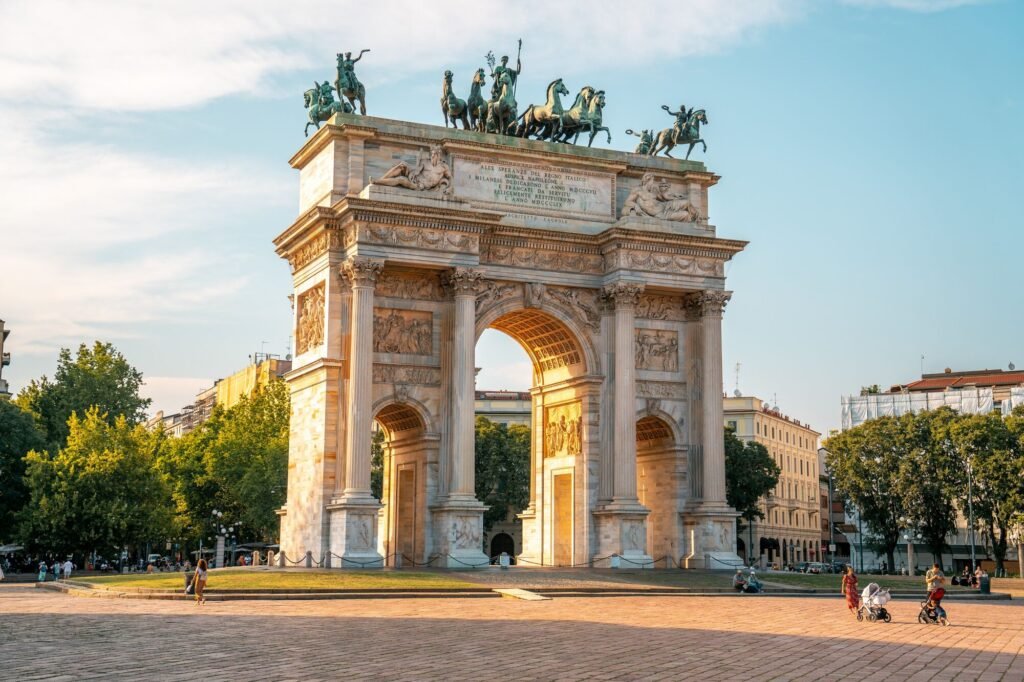

The Arch of Peace Arco della Pace in Piazza Sempione closes the Sempione Park to north.Napoleon intended to build the Arc de Triomphe as a new entrance gate to Milan.The Arco della Pace (Arch of Peace) is a triumphal arch, initially built in the early nineteenth century as part of the ‘Foro Bonaparte’ – a modern version of a Roman Forum – to celebrate Napoleon’s victories.
- The Last Supper of Leonardo da Vinci in the church of Santa Maria delle Grazie
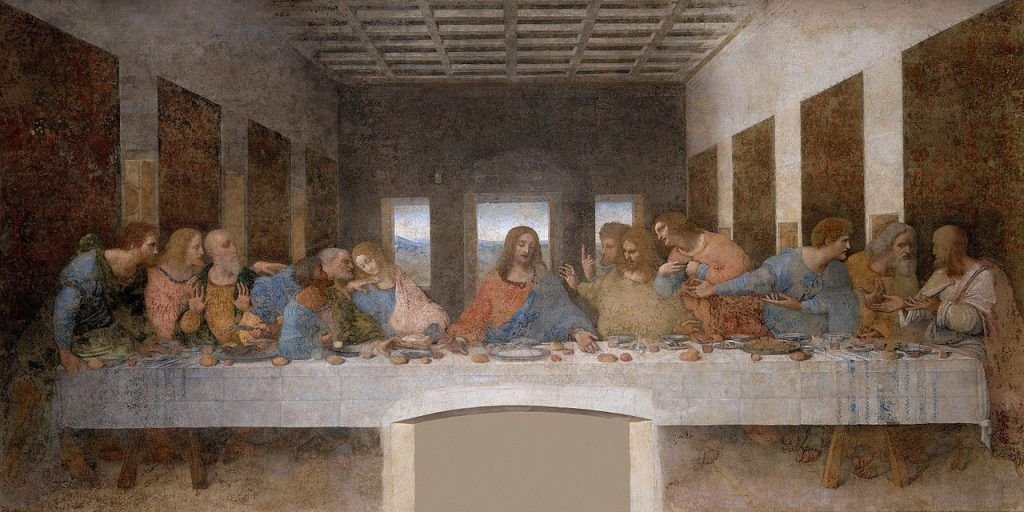
The Last Supper is a world-famous mural by Leonardo da Vinci depicting the Last Supper, made in the refectory of the Dominican monastery in the Basilica of Santa Maria delle Grazie in Milan. Next to Mona Lisa, it is considered one of Leonardo da Vinci’s greatest paintings.
The Last Supper, one of the most famous works of art in the world, painted by Leonardo da Vinci probably between 1495 and 1498.
- La Scala Theater
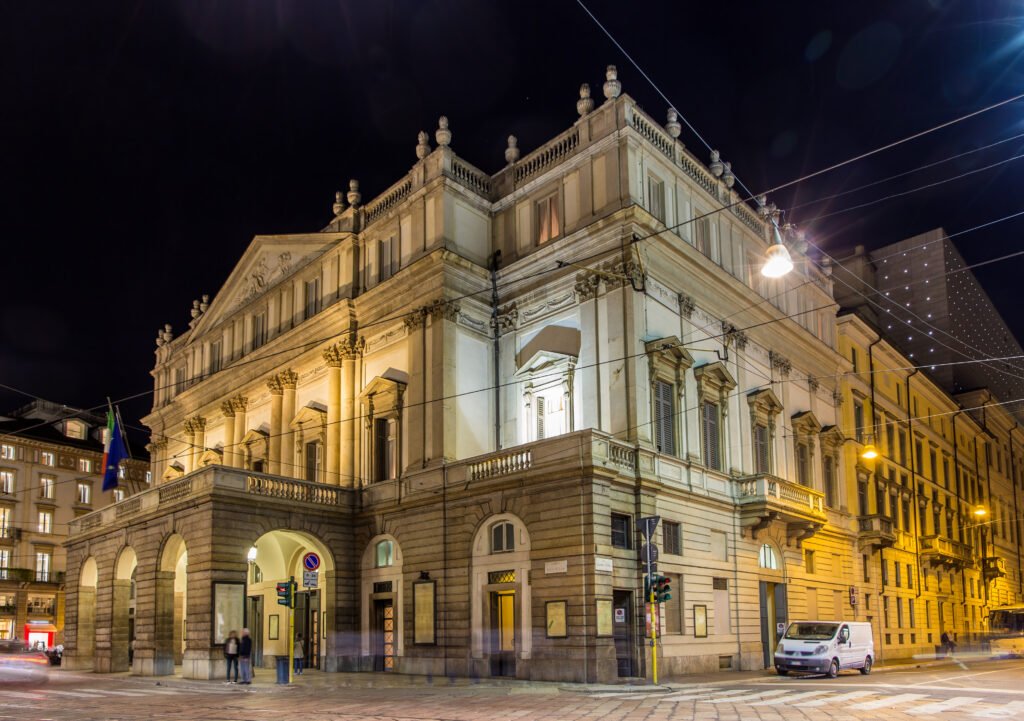
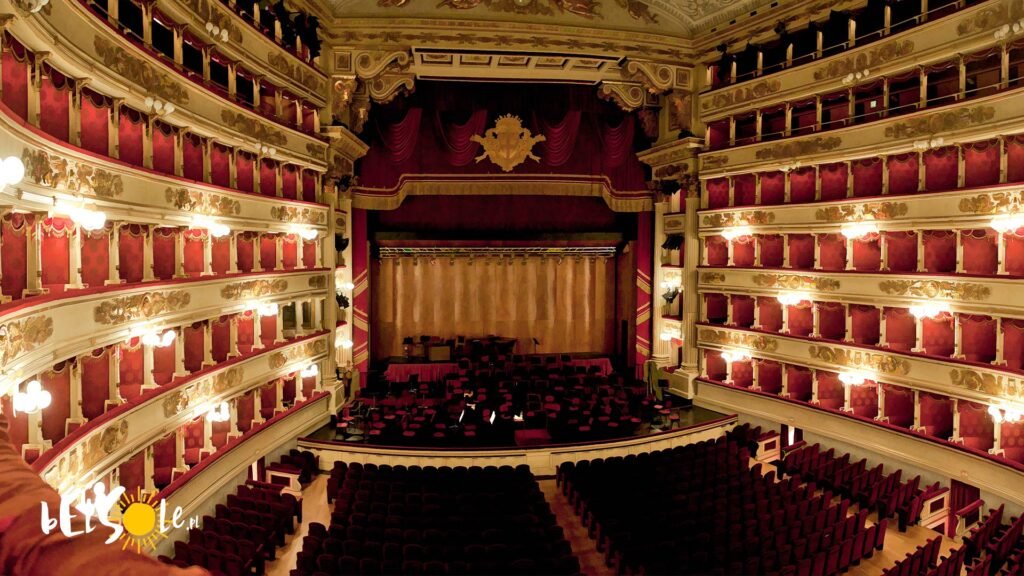
Visit a magical and must-see place for music lovers. Discover the extraordinary history of the Teatro alla Scala with its over two hundred years .Discover the beauty, magic and history of one of the most famous theaters in the world. A theater that has seen the life of artists from Bellini to Verdi, passing through Maria Callas, Pavarotti, Carla Fracci and Luchino Visconti: singers, actors, conductors, dancers and directors who have made history and have trod this stage, bringing the best of the best of the Arts from around the world.
Admission to the Museum allows you to see the Theatre from the third-level boxes, but only when rehearsals, performances or events open to the public are not in progress.
- The Navigli District

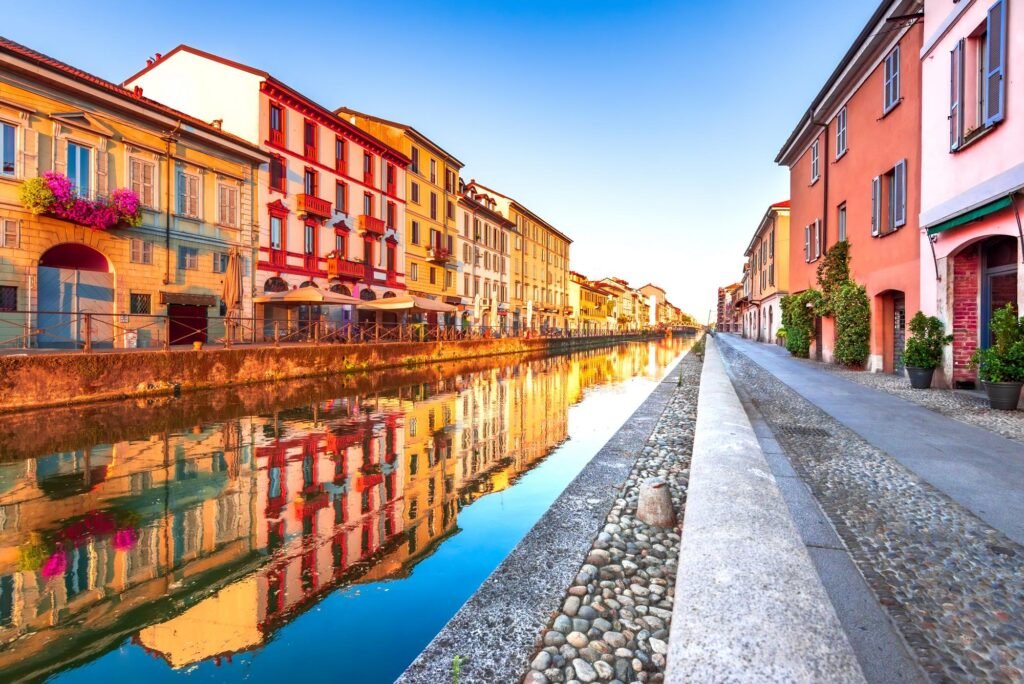
Navigli neighbourhood is one of the liveliest parts of Milan and was named for the distinctive canals that pass through the area. The backdrop to Milan’s bohemian life, lined with bookshops, designer boutiques and bars. It’s definitely an essential place for going out in Milan. The area has endless attractions: boat rides along the canals, exploring artists’ studios and shopping in original boutiques by day, and going for drinks in sophisticated bars at night.
- Pinacoteca Brera

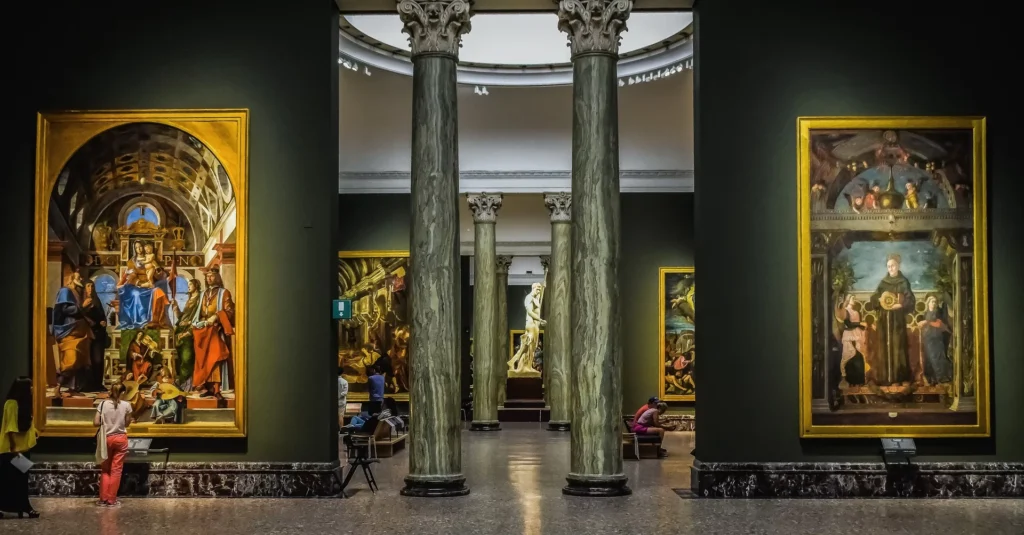
Pinacoteca di Brera (“Brera Art Gallery”) is the main public picture gallery in Milan. Ancient and modern art presented here, available elsewhere in Venetian and Lombard painting.
- Porta Nuova and Corso Como in Milan
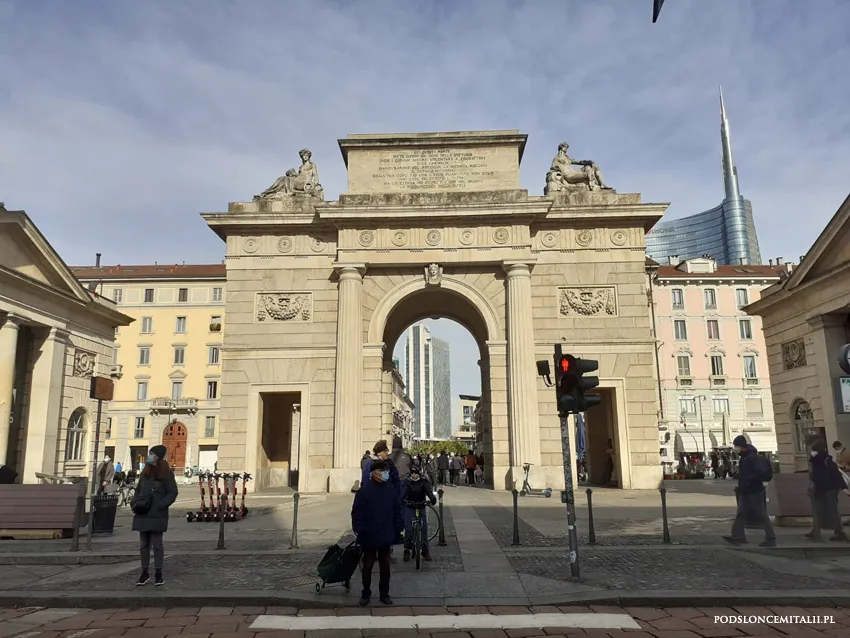
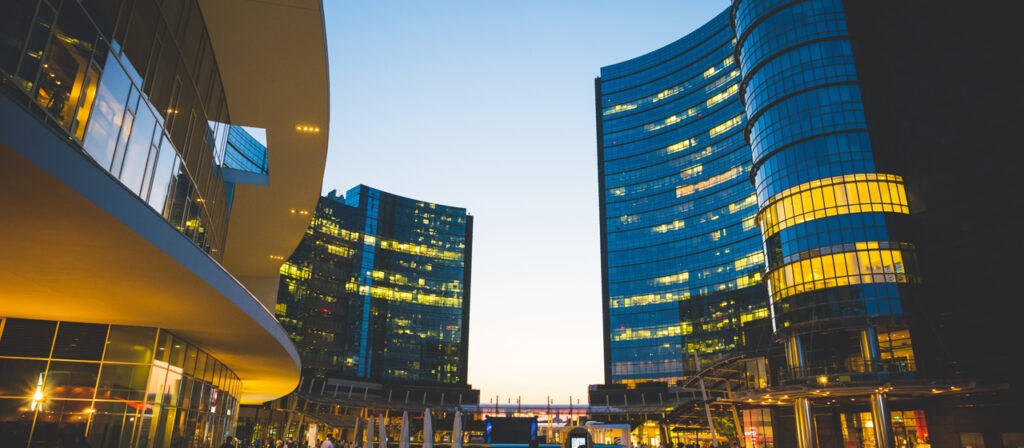
If you like modern architecture in Milan, visit Porta Nuova, which is located near the neighborhood Brera. This the most important financial and business district of Milan and part of the district is designed as a pedestrian area, making it pleasant to walk. This gives you plenty of time to browse the windows of fashion boutiques and shops of various designers or to go inside for a souvenir or other purchase. There are also plenty of bars.
But above all, well known and appreciated by the Milanese, it is 10 Corso Como, a corner of Milan where art, fashion, music, design and cuisine meet. From the internal courtyard you can access the shop selling unusual objects in limited series: clothes, bags, accessories, footwear, books, records, objects.

- Basilica of Sant’Ambrogio

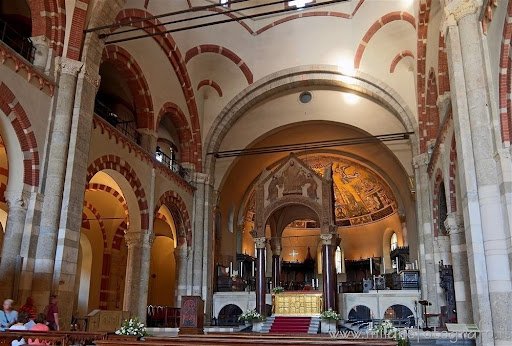
St. Basilica Ambrose (Italian: Basilica di Sant’Ambrogio) is one of the oldest and most important churches in Milan. The building, which dates back to the 4th century, hides many treasures. The church particularly captures the imagination due to its open courtyard with a colonnade on the sides. Inside, the basilica is not richly decorated with colors and paintings. The mosaic in the chapel attracts attention; gold, red, white and blue contrast strongly with other decorative elements. The mosaic was also destroyed in the bombings, but the damage to the basilica was fully rebuilt.
